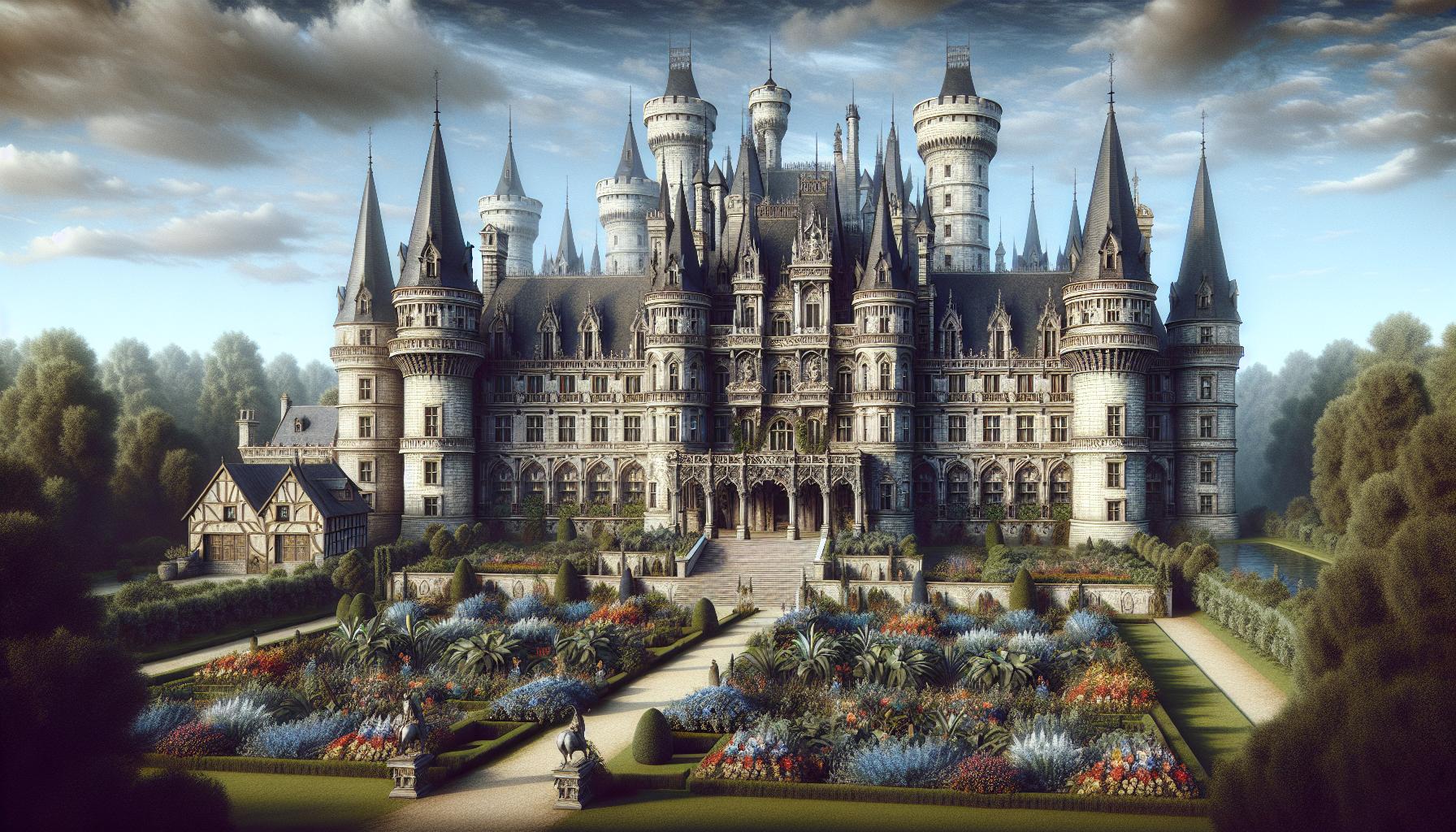
A Form of Government in Which Power is Held by the Nobility or Wealthy Class
Aristocracy represents a form of government where power resides with the nobility or wealthy class. Typically, aristocratic structures consist of individuals who inherit their status, often through noble lineage or significant wealth accumulation. These individuals possess a privileged position, allowing them to exert considerable influence over political decisions and societal norms. Aristocratic governance is characterized by a hierarchy, with ruling elites holding authority over the general population. This system can create disparities, as those in power prioritize their interests, which may lead to neglect of the broader community’s needs. Examples of historical aristocracies include the British nobility during the feudal era and the Roman patricians who dominated political life in ancient Rome. Aristocracy often intertwines with factors such as class privilege and economic power. As wealth concentrates, the ruling class establishes policies that preserve their status, sometimes at the expense of democratic principles. This preservation of privilege can foster resistance from those marginalized or exploited by the system.
Understanding aristocracy involves examining its impact on governance and society. The connection between wealth and political power remains crucial in contemporary discourse, especially regarding socioeconomic inequality. Increased awareness of these dynamics fosters discussions about reforming power distribution, striving towards more equitable systems of governance.
Historical Context
Aristocratic governance plays a significant role in shaping political structures throughout history. Understanding its origins and evolution reveals the impacts of wealth and power dynamics within societies.
Origins of Aristocratic Rule
Aristocratic rule traces its origins to early civilizations, where land ownership and military power determined social hierarchy. In ancient societies such as Egypt and Mesopotamia, elites controlled resources, establishing themselves as ruling classes. For example, in Greece, the aristocracy emerged around the 8th century BCE, with wealthy landowners wielding political influence. The merger of wealth and governance set precedents for future aristocratic systems, creating a foundation where lineage and wealth perpetuated power.
Evolution Through the Ages
Aristocracy evolved markedly from feudal Europe to the modern era. During the feudal system, which prevailed between the 9th and 15th centuries, land was granted to nobles in exchange for military service. This bolstered their authority, as seen in medieval England, where the monarchy relied on nobles for control. By the 17th and 18th centuries, the rise of merchant classes led to the emergence of a more complex aristocracy, combining hereditary wealth with newly acquired financial power. The decline of absolute monarchies and the rise of democracies in the 19th century challenged the traditional structures of aristocracy, fostering changes in governance.
In contemporary times, wealth concentration often mimics aristocratic dynamics, with influential elites shaping policies that prioritize their interests over the general populace. Recognizing this historical lineage is critical in addressing modern socioeconomic disparities.
Characteristics of Aristocracy
Aristocracy is characterized by specific structures and processes that differentiate it from other forms of governance. These features include a defined class structure and an exclusive decision-making process.
Class Structure
Aristocracy operates on a rigid class hierarchy, where social status is predominantly determined by birthright or wealth accumulation. It includes:
- Noble Families: Traditional aristocratic families maintain status across generations, creating a sense of entitlement and privilege.
- Wealth Elites: Individuals who amass significant wealth, often through commerce or land ownership, can join the ranks of the aristocracy.
- Limited Mobility: Social mobility remains constrained, as access to power and resources typically requires belonging to the upper class.
- Cultural Influence: The aristocracy shapes cultural norms and values, often dictating societal expectations and standards of behavior.
Decision-Making Process
The decision-making process within an aristocracy is highly centralized and exclusive. Key aspects include:
- Elite Controllers: Power rests with a small group of aristocrats who make critical political and economic decisions, often prioritizing their interests.
- Lack of Representation: Broader societal input is limited; common citizens rarely influence governance or policy outcomes.
- Use of Patronage: Aristocrats often utilize patronage systems to maintain loyalty among supporters, consolidating power and resources.
- Policy Preservation: Decisions frequently aim to preserve the existing status quo, safeguarding aristocratic privileges against challenges from lower classes.
These characteristics underline the complexity of aristocratic governance, showcasing how the intertwining of class and decision-making impacts societal structure and power dynamics.
Advantages and Disadvantages
Aristocracy, characterized by governance through the nobility or wealthy class, presents both benefits and drawbacks in its operation and impact on society. Understanding these aspects is essential for a comprehensive view of this form of government.
Benefits of Nobility Rule
- Stability and Continuity: Nobility rule often leads to stable governance, as aristocrats typically possess a longstanding commitment to maintaining order and tradition.
- Experience in Governance: Aristocrats often come from backgrounds with extensive experience in leadership and management, allowing for informed and strategic decision-making.
- Resource Management: Wealthy classes may effectively marshal resources, providing public goods such as infrastructure and education that can elevate societal standards.
- Cultural Patronage: Aristocratic governance frequently fosters cultural development through patronage, sponsorship of the arts, and preservation of historical monuments.
- Long-term Planning: With wealth tied to heritage, aristocratic rulers may prioritize long-term policies over short-term gains, benefiting societal growth.
- Inequality and Exclusion: Oligarchic structures tend to entrench social hierarchies, marginalizing the majority and perpetuating systemic inequalities.
- Lack of Representation: Decision-making concentrated among a few often disregards the preferences and needs of the broader populace, leading to disenfranchisement.
- Resistance to Change: Aristocracy may resist reforms and progressive policies, favoring the preservation of the status quo that protects their interests.
- Corruption and Patronage Systems: The use of patronage for political support can lead to corruption and a lack of accountability, undermining public trust.
- Economic Disparities: Wealth concentration among aristocrats can exacerbate economic disparities, limiting opportunities for social mobility within society.
Contemporary Examples
Contemporary examples of aristocratic governance and oligarchic influence provide insight into the structure of power dynamics in today’s societies. The following sections examine modern aristocracies and the role of wealth in politics.
Modern Aristocracies
Modern aristocracies manifest in several nations where political power remains concentrated among elite families or wealthy individuals. For instance, the United Kingdom’s House of Lords includes life peers and hereditary peers, allowing them to exert significant influence over legislation despite non-elected status. In certain Gulf states, such as Saudi Arabia and Qatar, ruling families maintain authoritative control over governance and economic resources, reflecting aristocratic lineage. Other examples include hereditary landowners in countries like Spain and France, where noble families retain economic power and social status, impacting local and national decision-making processes.
Influence of Wealth in Politics
Wealth significantly influences political landscapes worldwide. In the United States, political contributions from affluent individuals and organizations shape Congressional agendas, illustrating the entrenchment of wealthy interests in governance. An example includes Super PACs, which enable donations without limits, allowing billionaires to sway elections and policy through financial might. In Russia, oligarchs play key roles in political affairs by backing the ruling party, thereby securing legislative outcomes favorable to their businesses. Similarly, in India, the intersection of caste, wealth, and political power creates situations where elite families dominate regional politics, limiting opportunities for broader societal engagement. These examples underscore the ongoing relevance of wealth and aristocratic structures in shaping contemporary governance. The influence of aristocracy on governance remains a critical topic in understanding power dynamics today. As wealth continues to concentrate among a select few, the implications for society grow increasingly significant. The persistent structure of aristocratic rule can perpetuate inequality and limit democratic engagement. Recognizing these patterns is essential for fostering a more equitable political landscape. By examining historical and modern examples, it’s clear that the interplay between wealth and power shapes governance in profound ways. Addressing these disparities is crucial for promoting a more inclusive society that values the voices of all its members.
















